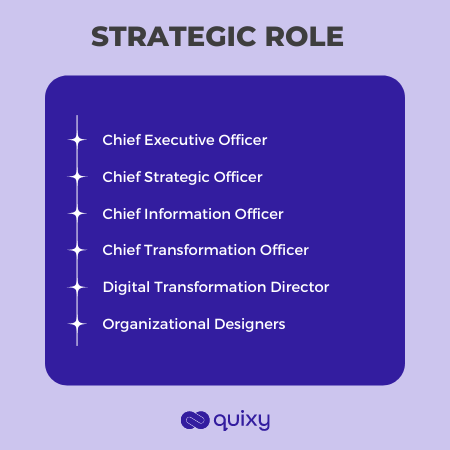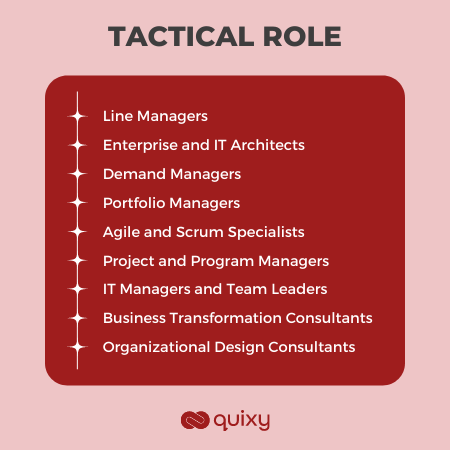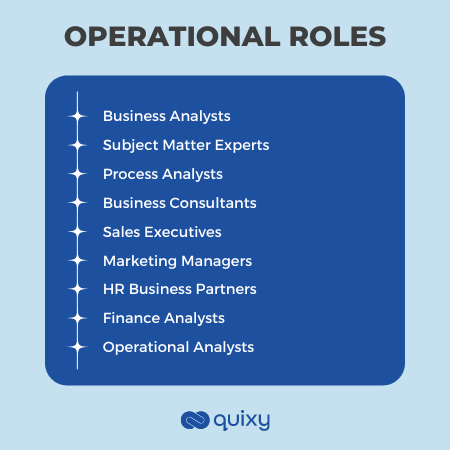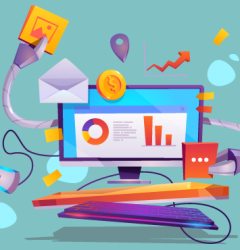
This article was first published on e27.
Enterprise leaders felt the urgency of digital transformation in 2019, but as the world continues to determine paths forward following the pandemic, that urgency has gone into overdrive.
Business success depends on the ability to do more with less, stretch existing resources further, and respond to changing conditions. These imperatives intersect when it comes to the democratization of software development. Enterprise recovery efforts will benefit from no-code application development in particular.
When the capability of creating business applications is extended beyond IT to the people most closely associated with the challenges—for example, business analysts, administrators, and marketing specialists—the speed at which a company can move and the number of people working on solutions can both increase dramatically.
If every emerging challenge needs to be handled by technical staff or every new application requires dedicated engineering resources, operating with the velocity and responsiveness that this moment requires is borderline impossible, even for organizations with robust IT resources.
Why is No-Code so important?
Currently, less than 1% of the world’s working population are software developers, and no-code aims to disperse software power to the other 99%.
Scott Galloway, an NYU professor, entrepreneur, and marketing guru, has described a trend he calls “The Great Dispersion,” in which consumers increasingly receive greater value from industries or offerings.
In a sense, no-code is the dispersion of software development. No-code tools now allow end users (entrepreneurs, innovators, employees, product managers, etc.) to create and manage software faster, cheaper, and easier than they could before.
Despite this, no-code awareness remains low. According to a study conducted at MIT Sloan School of Management, an outlet for future entrepreneurs and product managers, 76% of respondents are unfamiliar with “no-code.”
By quantifying key trends in the industry, mapping examples of powerful tools and their applications, and identifying groups that can benefit from no-code technologies, this article aims to raise awareness and adoption of these revolutionary technologies.

No-Code Growth and industry trends
From media and entertainment to health and fitness, commerce, and more, the pandemic rocked most industries and woke them up to the need to go digital first. As a result, launching a new company can be less expensive, with a much broader reach -and a much more competitive field.
With no code, people can solve problems regardless of their backgrounds, democratizing software development. As a result of the pandemic, people are also taking a closer look at how technology is transforming their workplace.
As a fast-growing industry, no-code development is expected to reach USD 13.89 billion in 2021 to USD 94.75 billion by 2028. Adalo’s survey of no-code experts predicted that by the end of 2022, it would be as common as making a Powerpoint. According to experts, most schools and universities will offer no-code courses by 2025.
As VC money continues to pour into no-code startups, the investment world has noticed the huge value of no-code. During the last few years, 110 no-code startups and companies have raised a total of $5 billion in venture capital.
Also Read: Top 55+ No-Code Low-Code Citizen Development Statistics, Facts, and Trends you cannot miss
No-Code use cases and resources
No-code tools aim to make their platform as easy to use as possible so that as many users as possible can get value out of their data. They are also SaaS-based, which means anyone with a web browser can access them, and they have automated connectors for integrating data across organizations.
In this approach, the no-code plays a key role. Using this tool, any user can create charts and indicators quickly and intuitively. As a result, they will be organized into a web page without having to write any code, and can then be easily shared with colleagues, customers, citizens, and other stakeholders.
In other words, users don’t need to know how to use complex business intelligence platforms or how to program in HTML or CSS to create web pages.
Five key features enable anyone to quickly create interactive, compelling visualizations without any training:
Accurate calculations built-in
To compare two results or establish an average, users do not need to know complex formulas or perform calculations themselves. They simply select from a list of suggested indicators the type of operation they need to perform in their graphs.
Simplicity through a single screen
Visualizations can be created without leaving no-code tools. All data-sharing options with other users within and outside the organization are available directly from the tool.
An intuitive navigation experience makes navigation easy
Creating a data story or report is a simple process. From selecting the source dataset to selecting a visualization, configuring the graphs/KPIs, and customizing their appearance, the tool guides the user step by step.
An interface that drags and drops
By dragging and dropping graphics, indicators, and text areas within a page, users can organize the different sections of a page.
Preview in real-time
It lets users preview how the page will look when integrated into a data portal or service in real-time, saving time and effort. In addition to the no-code tools, the platform provides powerful APIs for expert users, allowing everyone to turn data into value using the tools they need.
Also Read: Everything you should know about No-Code Development
No-Code apps in action
Spreadsheets and databases are commonly used by businesses to track relevant information. As engineers work through their backlog or shift to new priorities, IT departments are often asked to make the information more actionable with an app. The use of no-code programming can be helpful.
For example, a no-code platform can ingest spreadsheets containing customer transaction and engagement data to predict churn, detect relationships among data sources, apply machine learning to predict churn, and create an app prototype using this data.
Team members can then customize the app using straightforward tools, such as changing its layout or adding triggers for email notifications if churn risks exceed defined levels.
An example such as this illustrates how existing assets, such as customer data, can be recomposed and securely connected to newer technologies, such as predictive machine learning algorithms, without making IT teams work harder.
Those IT teams will continue to develop new code for new products, but a lot of perfectly useful code exists inside and outside an organization. Individual teams and IT departments can work simultaneously by translating existing code into an interface that non-technical employees can use.
No-Code “Personas”: Who can use them?
Everyone can use no-code, which makes it so powerful. There are three main types of no-code users.
- Business Users under strategic roles
Chief Strategic Officer
Chief Executive Officer
Chief Information Officer
Chief Transformation Officer - Business Users Under Tactical Roles
Line managers
Demand Managers
Portfolio Managers
Enterprise and IT Architects - Business Users under Operational Roles
Business Analyst
Subject Matter Experts
Business Consultants
Marketing Managers etc.
Check out the images below to know better.
Key Takeaways
- By 2028, the no-code industry is expected to grow to 94.75 billion dollars
- In the last few years, 110 no-code startups and companies have received over $5 billion in venture capital investment (Google, SAP, Celonis, etc.)
- Many use cases are possible, including website and app building, workflow automation, enterprise internal tools, analytics, forms, memberships, and chatbots. Increasingly, these are becoming “no-code by default,” similar to e-commerce today
- To fully harness the power of no-code, no-code communities, resource websites, and education websites are essential
- Everyone can use no-code: Entrepreneurs, Product Managers, Large Companies, Developers, and Freelancers.
With No-code, anyone with the ability to drag and drop can create and build software without using code, “distributing” what less than 1% of the working population could do previously.
Subscribe
Login
Please login to comment
0 Comments
Oldest


















